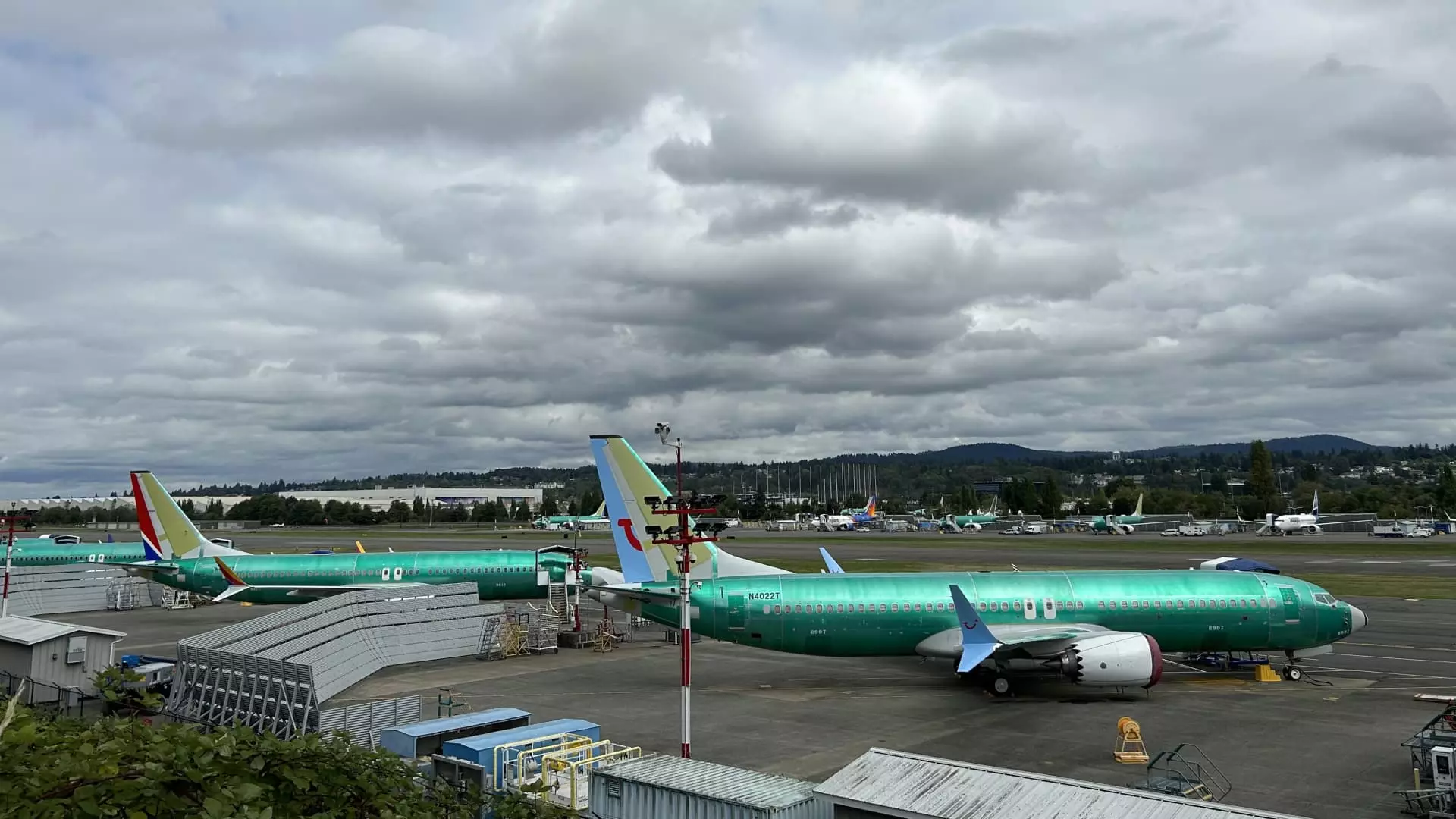In 2024, Boeing’s operations faced significant hurdles, resulting in a considerable drop in aircraft deliveries. The aerospace company handed over just 348 airplanes, representing a staggering decline of approximately 33% compared to the previous year. Factors contributing to this downturn include a midair incident involving a door panel blowout and a fall season machinist strike that severely disrupted production schedules. This situation has not only impacted Boeing’s ability to meet market demands but also exacerbated its competitive disadvantage in relation to Airbus, which delivered an impressive 766 jetliners in the same timeframe.
The delivery numbers are critical because they are tied directly to revenue; customers typically make their largest payments upon delivery. In December alone, Boeing managed to deliver 30 planes, translating to a restart in the production of its pivotal 737 Max aircraft following the resolution of the aforementioned machinist strike. Such interruptions are particularly damaging given that they hamper a company’s ability to fulfill a robust backlog of orders. The ripple effects of the Boeing crisis are also seen in rising lease rates for aircraft, which are projected to reach unprecedented levels amid supply shortages.
Airbus continues to capitalize on Boeing’s struggles, outpacing it in deliveries with the highest figures since 2019. The gulf between the two aviation giants is widening, with Boeing increasingly struggling to regain its footing. Despite Boeing’s gross orders coming in at 569 for the year, its net orders were much lower at 377 aircraft, showcasing the need for cautious optimism. This stark contrast in order volumes highlights Airbus’s growing dominance in the aerospace market as it reported 878 gross orders and 826 net orders for the same period.
Looking ahead, Boeing executives, including CEO Kelly Ortberg, are facing increased scrutiny from investors, especially as they prepare to address challenges and outline recovery strategies on January 28. The urgency for Boeing’s leadership to communicate a clear and actionable plan to enhance production and restore profitability cannot be overstated.
With both companies grappling with supply chain issues that pressure their capabilities, Boeing’s performance in the next year could hinge on its ability to maneuver through these obstacles efficiently. As it stands, stakeholders are eager to see how Boeing intends to address its operational setbacks to reclaim its position in the industry.
Boeing is undeniably at a crossroads as it navigates a range of challenges that threaten its long-standing prominence in the aviation sector. To revive its fortunes, strategic adjustments in production, a restoration of confidence among stakeholders, and an effective response to supply chain constraints will be crucial. As the industry continues to evolve, the coming months will be decisive in determining whether Boeing can successfully rebound from its current predicament and re-establish itself as a symbol of excellence in aerospace manufacturing.

